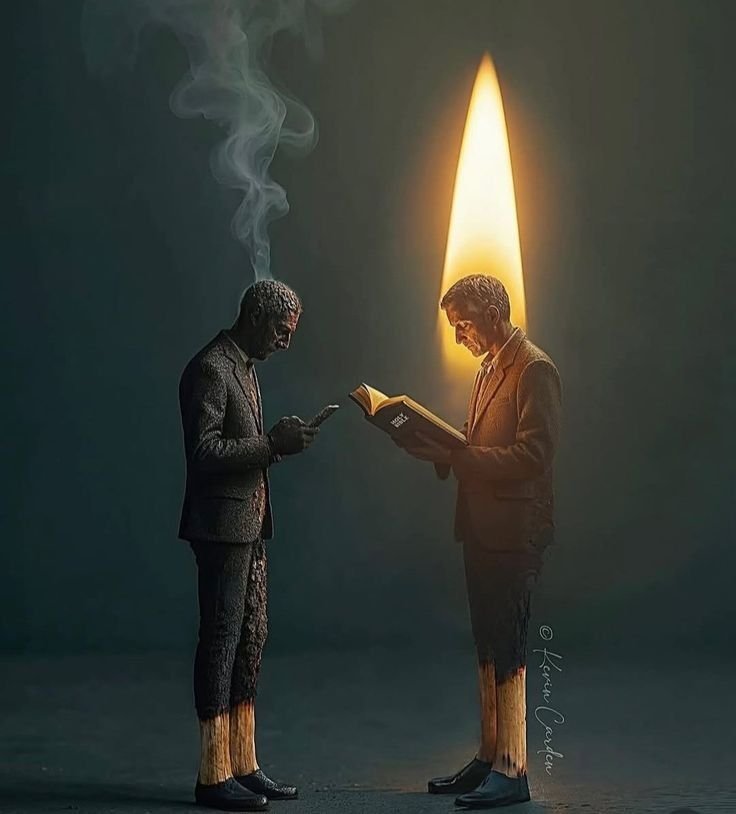
The Tradition of Manikarnika Ghat and the Concept from the Shatapatha Brahmana
🪷Why the Number 94 is Written on the Ashes of a Funeral Pyre
🌹🌹🌹🌹🌹🌹🌹🌹🌹🌹🌹🌹🌹🌹
At Manikarnika Ghat in Kashi (Varanasi), once the flames of the funeral pyre die down, the person who performs the last rites writes the number “94” on the ashes. This tradition is not widely known. It is primarily understood by the local Banarasi people or nearby residents, while outsiders usually remain unaware of its significance. Human life is said to have 100 ideal karmic actions, referred to as the Shatapatha (“path of a hundred” in Sanskrit). Out of these 100 karmas, 94 are considered to be within human control — that is, a person has the ability to perform and influence these actions. The remaining 6 karmas, however, are governed by divine or natural laws.
These 6 are: gain-loss, life-death, and fame-disgrace — outcomes that lie beyond human control.
Therefore, it is believed that when a person dies and the body turns to ash, their 94 personal karmas are also burnt and completed with the body. The remaining 6 karmas still linger within the cycle of life, and it is these unresolved karmas that shape the soul’s rebirth. That is why the number 100 – 6 = 94 is written on the pyre’s ashes.
The Bhagavad Gita also supports this concept. It explains that after death, the mind journeys on with the five sense organs. Together, the mind and the five senses form six elements that travel forward into the next life. No one knows where this journey will lead — in which country, family, or circumstances the soul will be reborn. Only nature (prakriti) holds that knowledge. In the end, it is said: “Farewell, traveler. Your 94 karmas have been completed here. Now your remaining 6 karmas journey on with you.”



